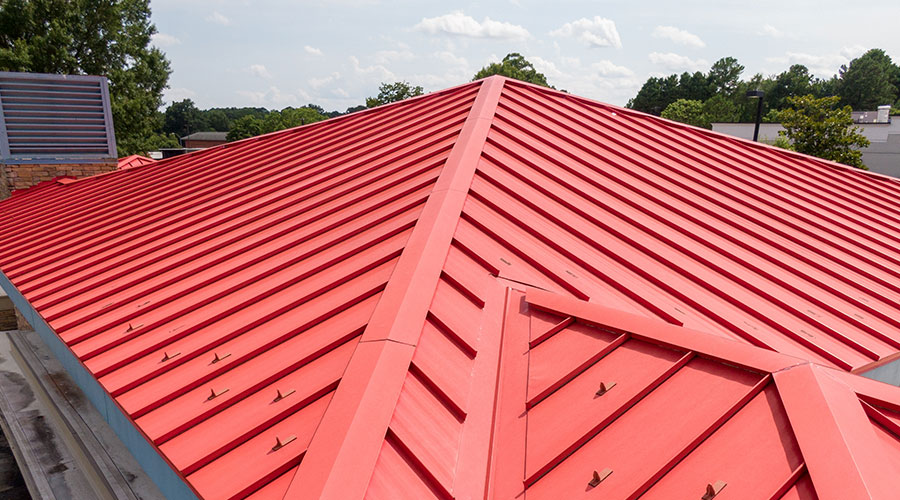Success of Roof Coating Relies on Proper Adhesion
Properly prepare the roof surface for coating. For a coating to function properly, it must remain adherent through its entire service life. Such an adhesion is an interfacial property, says Bill Kirn, technical specialist with BASF.
“Simply stated, the quality of adhesion is dependent on the composition of each of the materials being joined,” Kirn says, adding that as a roofing membrane ages, talc, sand, mica, and other parting agents erode, and dirt can begin to collect on the surface. As the membrane weathers, it might chalk, or generate a powdered surface that will act as a release agent and compromise adhesion quality. Fortunately, cleaning the surface properly before applying the coating can dramatically reduce or eliminate these problems.
The following procedure is an easy-to-use field test for determining if a roof surface is clean enough to provide adequate adhesion.
“First, clean the roof thoroughly,” Kirn says. “Next, apply masking tape to the surface, and then peel the tape back at 180 degrees to the applied area. If the tape adheres well to the cleaned roof surface, then the roof is suitable for coating. However, if the tape peels easily from the roof with little resistance, then the roof is not yet suitable for coating and must be re-cleaned.”
Kirn says installers should never use a primer as a substitute for proper cleaning. Picone says managers should factor in the repair of rusted or wet areas, the evaluation of all seams, and the replacement of popped fasteners into proper surface preparation.
Related Topics:














